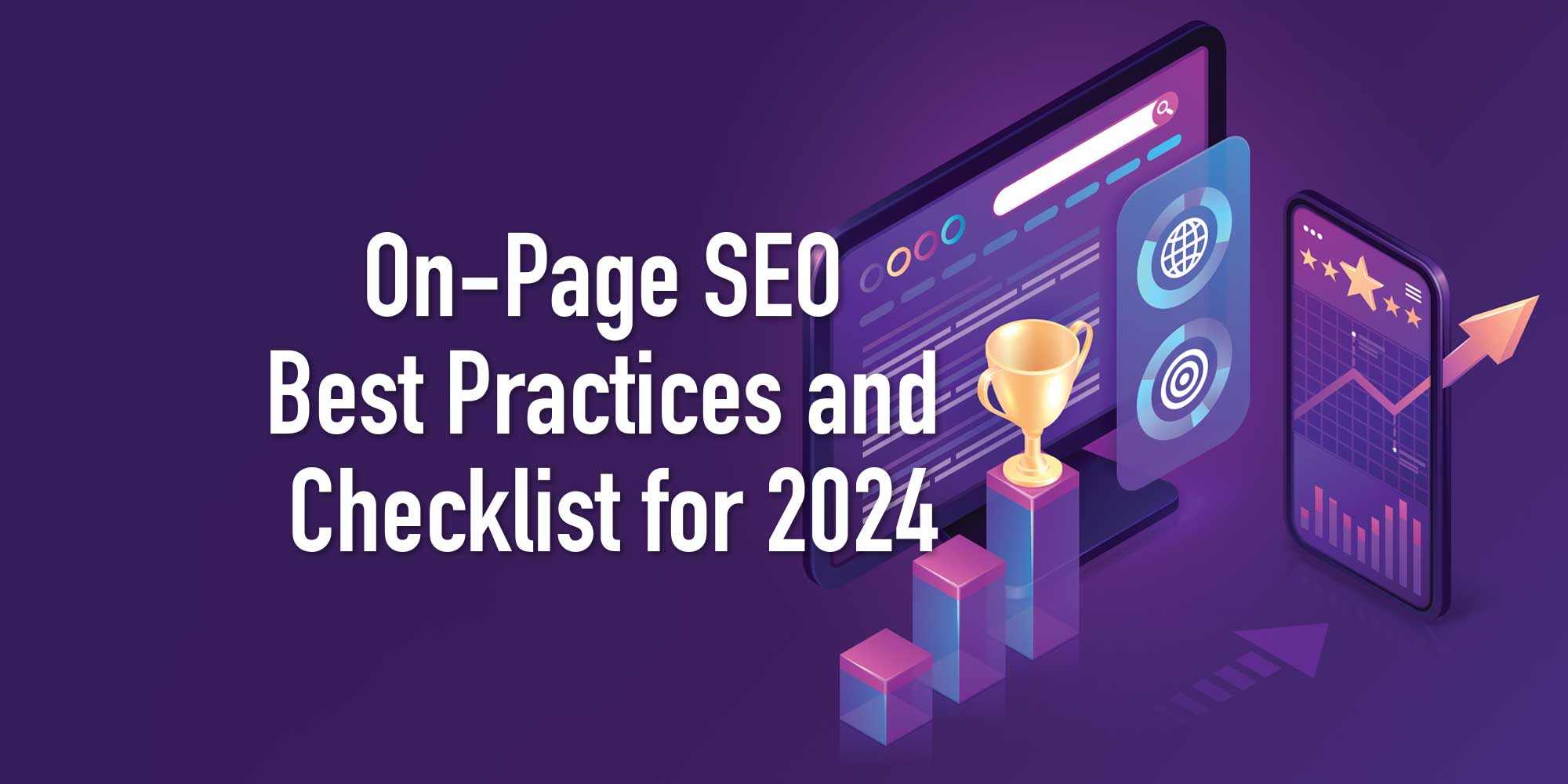Google strives to provide the best content to its audience based on search queries. Google sorts through millions of possible resources to provide users with accurate results for their search in seconds.
How will your website stand out? How do you rank online amongst your competitors?
Simply creating a website and hoping for the best is the worst thing you can do for your business. Google uses an algorithm that’s constantly improving to provide personalized results quickly to its users.
What is On-Page SEO?
You hear the term on-page SEO, but what is on-page SEO?
This is the process of optimizing a web page so that Google will index it in its extensive database. Google chooses the best pages to serve based on several components including (but not limited to):
- PageRank Algorithm: rates a webpage based on the number of quality links pointing to a page.
- Crawling and Indexing: Google regularly crawls/reviews the web to discover new and updated content.
- Ranking Algorithms: Google uses values such as relevance, quality of content, keyword usage, user experience, and more.
- User Behavior Signals: User engagement, time spent on a page, and click-through rates are some of the factors Google considers.
- Personalization: Google personalizes results for each user based on past search history, location, and other factors.
- Mobile-Friendly Website: Google always values mobile-first design and ensures that pages pass its core vitals test.
- Regular Algorithm Updates: Google releases new algorithm updates to provide the best possible user experience.
These components do update regularly with Google’s Core Algorithm updates. You can check for Core Updates and make enhancements based on Google’s recommendations.
Start With Your Keyword List
Last month we discussed how to choose optimal keywords for your business. With your list in hand, let’s dive into the basics of on-page SEO and how to use keywords to your advantage.
The first thing to remember with on-page SEO is that your keyword(s), placement, and content matter. Google looks for quality over quantity, so taking your time with the proper research will pay off in the end.
On-Page SEO Checklist
You need to strategically place your keyword-rich phrase(s) through each page of your site.
1. Within Content: Use relevant keywords within your content, and ensure not to use your keyword too much or too little.
SEO experts recommend a keyword density of about .5%. To determine keyword density, divide the frequency of keyword usage by the total word count on the page. This calculation helps in understanding how often a keyword appears in relation to the overall content.
Google ensures that it is providing the highest quality content to its users. The content on each of your pages should be engaging and informative, meeting the needs of your target audience.
2. Sub-Headings: Your page sub-headings such as h1, h2, etc., need to include your keyword phrase.
3. Titles and Meta Descriptions: The page title and meta description need to include your primary keyword phrases.
4. Image & Video Optimization: Use your keyword phrase as your file name for images and videos. After you add an image to a page, remember to add the phrase as your alt text.
5. Internal & External Linking: Link to at least one relevant link within your website and one to an outside source. This serves several purposes. One is to help Google bots scan and understand your website more efficiently. Another is to improve user experience and to keep users on your website longer.
6. Mobile Optimization: Ensure your website is mobile-friendly and passes the Google Core Vitals test in Google Search Console. Google will always serve a mobile-friendly website page over one that is not.
7. Page Speed: Optimize your website for page speed. You can check your website’s page speed on the Google Page Speed Insights page. If your website is running slow, ensure that you compress your images and videos. Also, make sure that your website’s hosting platform performs optimally for your website’s needs.
How Long Will it Take for My Keyword to Appear in Search Engines?
It takes Google three to six months to find your keywords and produce them in search results.
This process can also take longer based on several factors. Some of these include:
- the age of your website
- your backlink profile
- your keyword combination
- your competition
- local vs. global targeting
- consistency of SEO efforts
- Google’s crawling frequency
When you consistently work on your website’s SEO efforts, your business wins. SEO can be a slow process, but the consistent flow of organic traffic in the end exceeds the effort.
If you would like 232 Creative to analyze the SEO health of your website, contact us today! We are digital marketing experts in Pittsburgh, PA, moving your business forward.

